How To Set Up Solar Panels?
Setting up solar panels is a significant step towards sustainable living and energy independence. Whether you're motivated by environmental concerns, the desire to reduce electricity bills, or the appeal of off-grid living, understanding the process of installing solar panels is crucial. This article will guide you through the essential steps and considerations for setting up solar panels, ensuring you can make informed decisions and achieve optimal results.
Understanding Solar Panel Systems
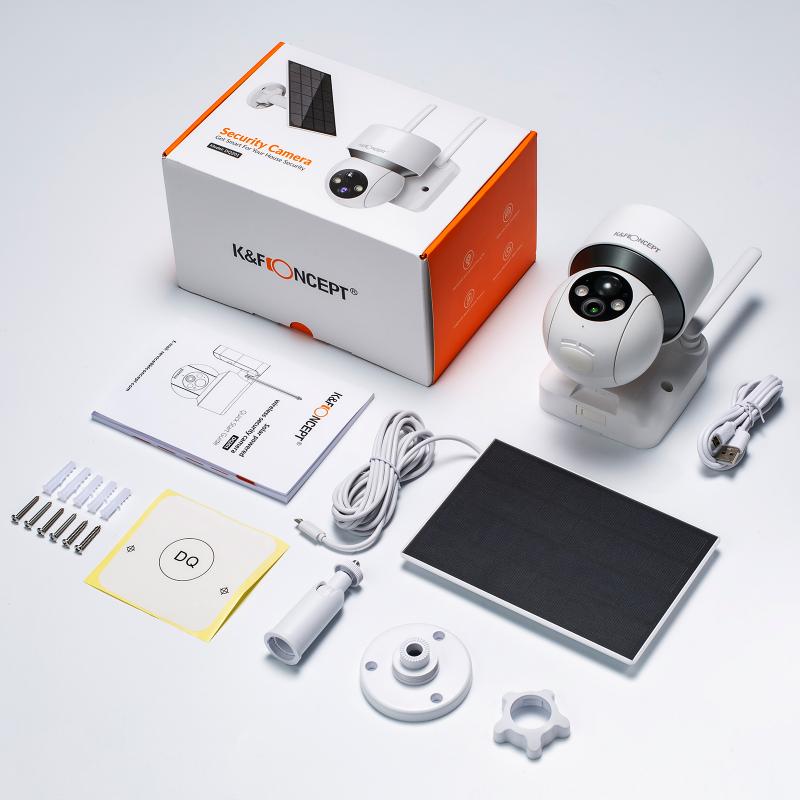
Before diving into the installation process, it's important to understand the basic components of a solar panel system. A typical system includes:
1. Solar Panels: These are the primary components that convert sunlight into electricity.
2. Inverter: This device converts the direct current (DC) produced by the solar panels into alternating current (AC), which is used by most household appliances.
3. Mounting System: This includes the racks and hardware used to secure the solar panels to your roof or ground.
4. Battery Storage (Optional): Batteries store excess energy for use during non-sunny periods or at night.
5. Charge Controller: This regulates the voltage and current coming from the solar panels to the battery.
6. Electrical Wiring: Proper wiring is essential for connecting all components and ensuring safe operation.
Step-by-Step Guide to Setting Up Solar Panels
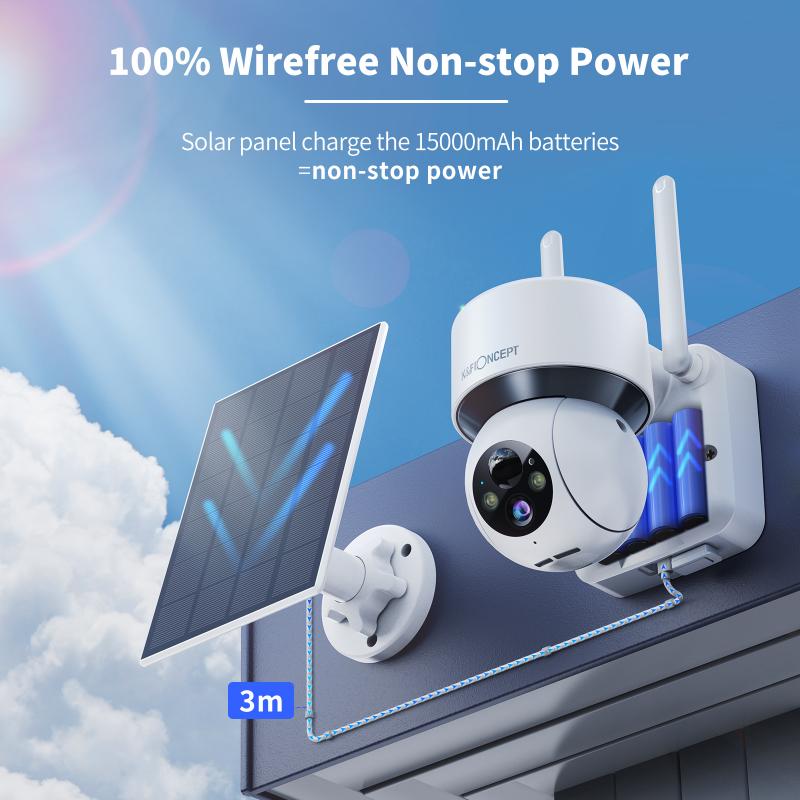
1. Assess Your Energy Needs
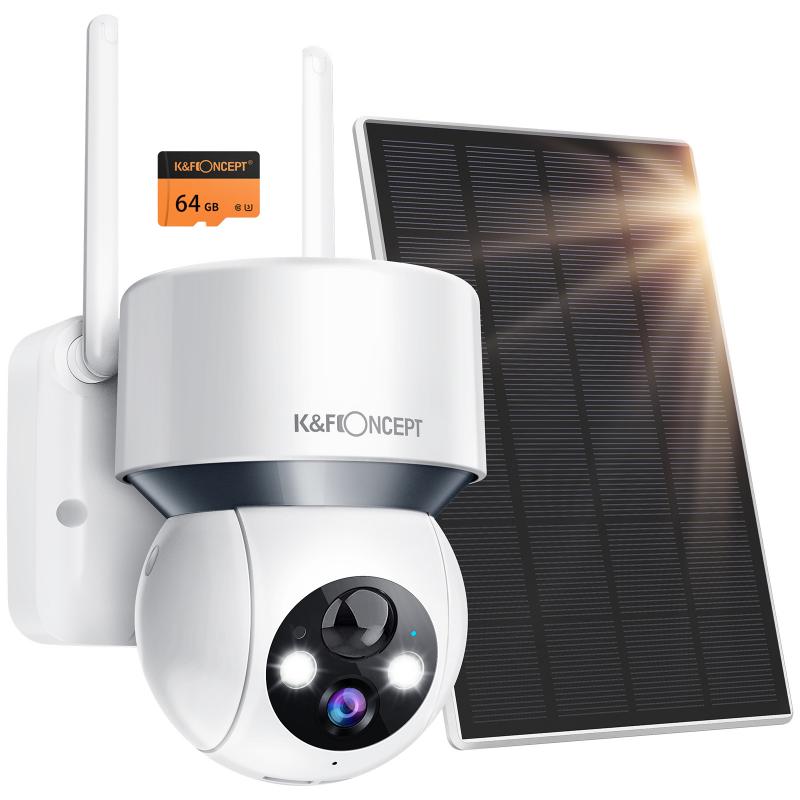
The first step in setting up solar panels is to assess your energy needs. Review your electricity bills to determine your average monthly consumption. This will help you size your solar panel system appropriately. Consider future energy needs as well, such as the addition of electric vehicles or other appliances.
2. Evaluate Your Site

Next, evaluate your site to determine the best location for your solar panels. Key factors to consider include:
- Sunlight Exposure: Ensure the site receives ample sunlight throughout the day, with minimal shading from trees, buildings, or other obstructions.
- Roof Condition: If you plan to install panels on your roof, ensure it is in good condition and can support the additional weight.
- Orientation and Tilt: Ideally, solar panels should face south (in the Northern Hemisphere) and be tilted at an angle equal to your latitude for maximum efficiency.
3. Obtain Necessary Permits
Before installation, check with your local government and utility company to obtain any necessary permits and approvals. Regulations vary by location, so it's important to comply with all requirements to avoid legal issues and ensure your system is eligible for incentives and rebates.
4. Choose the Right Equipment
Selecting the right equipment is crucial for the efficiency and longevity of your solar panel system. Consider the following:
- Panel Type: Monocrystalline panels are more efficient but costlier, while polycrystalline panels are less efficient but more affordable.
- Inverter Type: String inverters are common for residential systems, but microinverters or power optimizers can offer better performance in shaded conditions.
- Battery Storage: If you want to store excess energy, choose a reliable battery with sufficient capacity and lifespan.
5. Install the Mounting System
The mounting system is the foundation of your solar panel setup. Follow these steps:
- Roof Installation: If installing on a roof, locate the rafters and secure the mounting brackets to them. Ensure the brackets are evenly spaced and aligned.
- Ground Installation: For ground-mounted systems, install the support structure in a location with optimal sunlight exposure. Use concrete footings to secure the structure.
6. Install the Solar Panels
Once the mounting system is in place, it's time to install the solar panels:
- Secure Panels: Attach the panels to the mounting brackets using the provided hardware. Ensure they are securely fastened and properly aligned.
- Connect Panels: Connect the panels in series or parallel, depending on your system design. Use appropriate connectors and ensure all connections are secure.
7. Install the Inverter and Electrical Components
The inverter and other electrical components are essential for converting and managing the electricity produced by your solar panels:
- Mount the Inverter: Install the inverter in a cool, shaded location, preferably close to your main electrical panel.
- Connect Wiring: Run the wiring from the solar panels to the inverter, and from the inverter to your electrical panel. Use conduit to protect the wiring and ensure all connections are secure and weatherproof.
- Install Charge Controller and Battery (if applicable): If using a battery storage system, install the charge controller and connect it to the battery and inverter.
8. Test and Commission the System
Before turning on your solar panel system, conduct a thorough inspection and testing:
- Check Connections: Ensure all electrical connections are secure and properly insulated.
- Test Voltage and Current: Use a multimeter to verify the voltage and current output from the panels and inverter.
- System Commissioning: Follow the manufacturer's instructions to commission the system and ensure it is operating correctly.
9. Monitor and Maintain Your System
Once your solar panel system is up and running, regular monitoring and maintenance are essential for optimal performance:
- Monitor Performance: Use a monitoring system to track the performance of your solar panels and identify any issues.
- Clean Panels: Keep the panels clean and free of debris to maintain efficiency. Clean them periodically with water and a soft brush.
- Inspect Components: Regularly inspect the mounting system, wiring, and other components for signs of wear or damage.
Setting up solar panels is a rewarding endeavor that can lead to significant energy savings and a reduced carbon footprint. By following the steps outlined in this guide, you can ensure a successful installation and enjoy the benefits of renewable energy for years to come. Remember to assess your energy needs, evaluate your site, obtain necessary permits, choose the right equipment, and follow proper installation and maintenance procedures. With careful planning and execution, your solar panel system will be a valuable addition to your home or business.

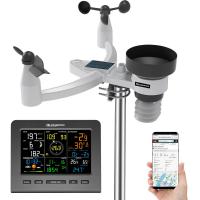

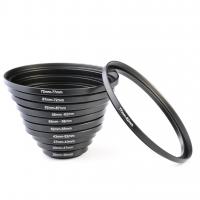
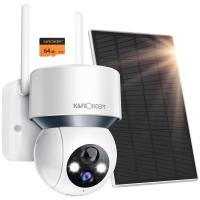

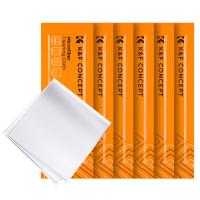
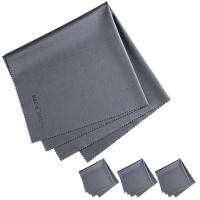
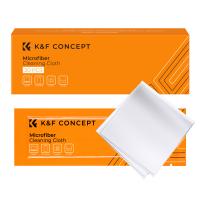


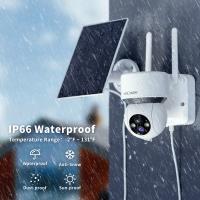
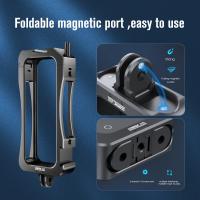
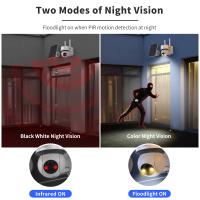
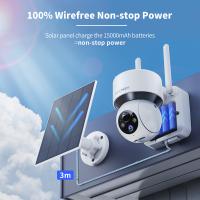
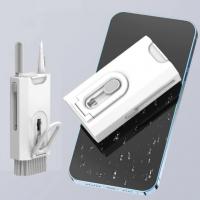


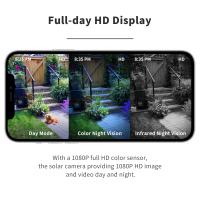
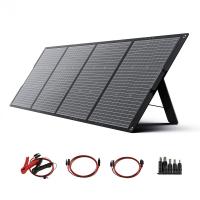
There are no comments for this blog.